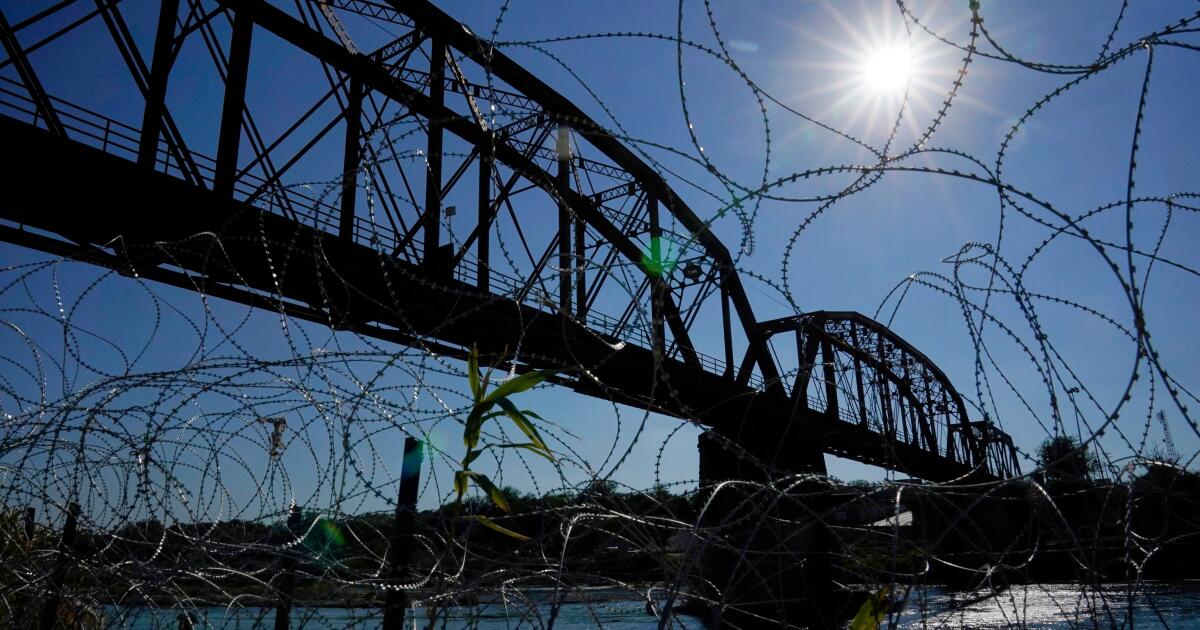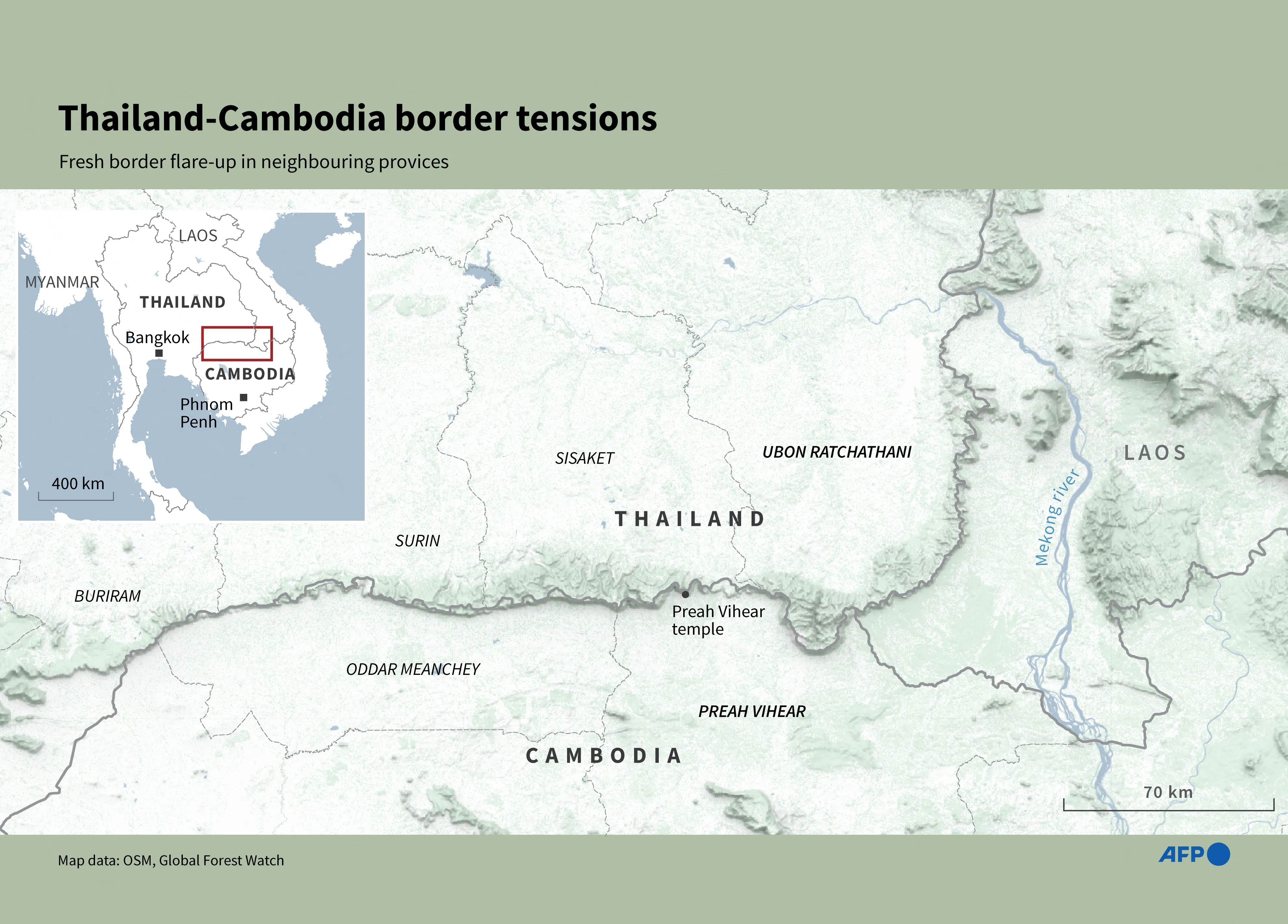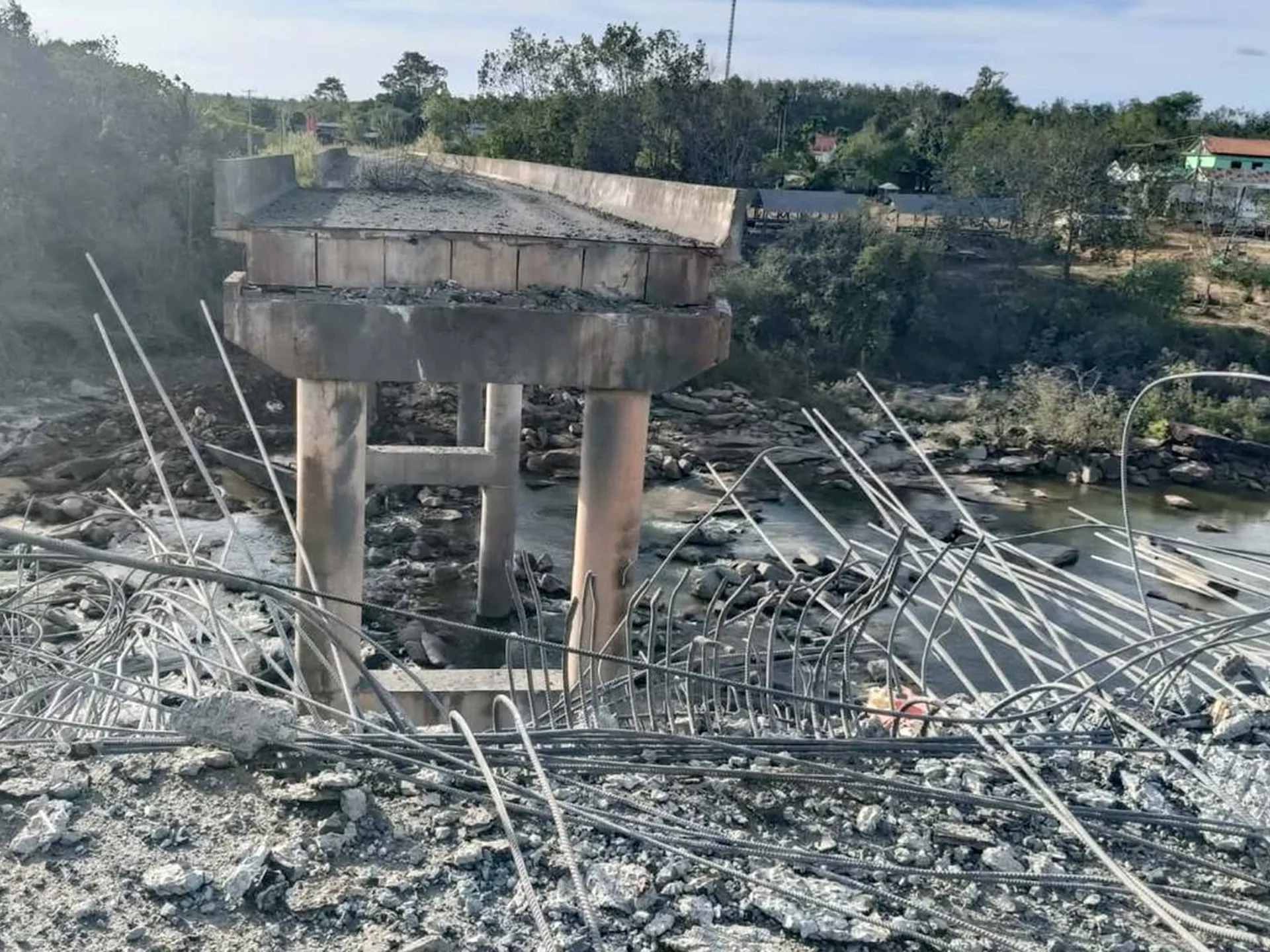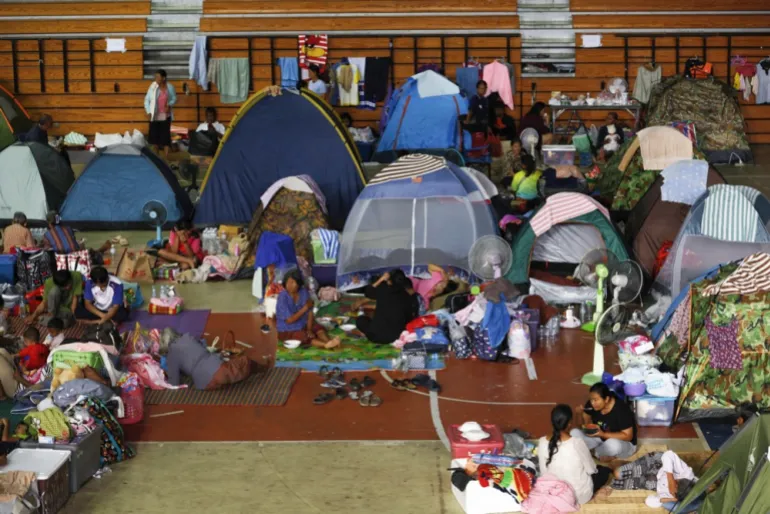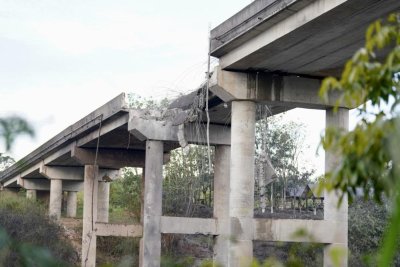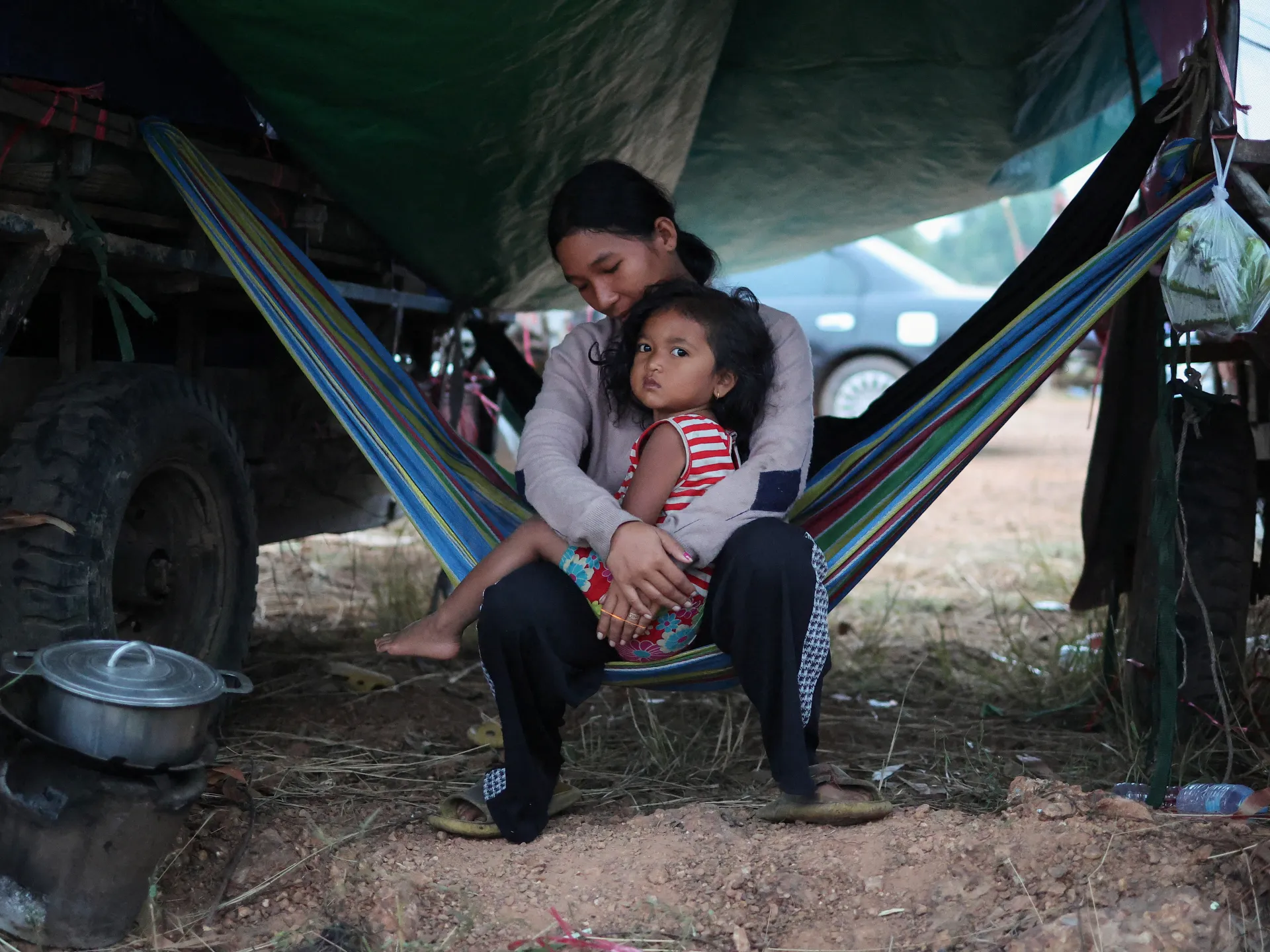Trump to demand that Mexican crews operating trains in U.S. can speak English
OMAHA — The Federal Railroad Administration has sent letters to two railroad operators demanding they make sure that Mexican crews can speak English and don’t operate a train more than 10 miles inside the United States.
A number of Mexican train crews who recently hauled trains over the border to rail yards in Texas had trouble understanding important safety information in English during inspections the Trump administration ordered, U.S. officials said.
Railroads Union Pacific and CPKC routinely rely on foreign crews at times to bring trains over the border to their rail yards in the U.S. before switching to American engineers and conductors. The Brotherhood of Locomotive Engineers and Trainmen union said handoffs used to happen at the border. The engineers union has been worried about using foreign crews for some time because of safety, security and job concerns.
Union Pacific and CPKC said the railroads are committed to ensuring safety and security and will work to ensure they are complying with the rules.
The Trump administration has also been cracking down on truck drivers who don’t speak English, saying it seeks to make sure crews can communicate in an emergency and understand crucial instructions.
“Whether you’re operating an 80-ton big rig or a massive freight train, you need to be proficient in our national language — English,” Transportation Secretary Sean Duffy said. “If you aren’t, you create an unacceptable safety risk.”
The Transportation Department has withheld $40 million from California, which it accused of not enforcing the English proficiency requirement. Duffy has also threatened to sanction several other states that he says have improperly issued commercial driver’s licenses to unauthorized immigrants.
That became a key concern after several deadly crashes involving semitrucks driven by immigrants in the country illegally.
Inspectors cite problems
Federal Railroad Administration Administrator David Fink told both railroads they could face enforcement action if inspectors find additional occurrences of train crews operating in the U.S. without being proficient in English.
Inspectors found problems in Union Pacific’s Eagle Pass rail yard and CPKC’s facility in Laredo, Fink said.
Union Pacific had a interpreter on hand to help its Mexican crews, but Fink said the railroad might try to remove that person in the future, and inspectors said they worried about how well the crews understood operating rules and required brake tests.
At CPKC’s rail yard, Fink said, inspectors found numerous instances of train crews having a hard time understanding operating bulletins and U.S. regulations that require information about hazardous materials and emergency responses to be maintained in English.
Unions support the move
The engineers union and the SMART-TD union that represents conductors welcomed the Trump administration’s move because they say Mexican crews aren’t as well-trained and need to understand crucial safety information.
Earlier this year, the engineers union also highlighted two arrests of members of Mexican crews on suspicion of smuggling — one accused of helping migrants cross the border illegally and the other for allegedly trying to bring drugs into the U.S.
“The administration should be commended for standing up for border security, public safety and American jobs by creating stronger safety standards for crews that bring trains from Mexico to the United States,” Brotherhood of Locomotive Engineers and Trainmen National President Mark Wallace said. “It’s critical that locomotive engineers are able to speak to dispatchers and first responders in English when trains are moving on U.S. soil.”
Railroads’ response
“We have the same goals — a safe, secure border that keeps the supply chain fluid,” Union Pacific spokesperson Kristen South said. “Part of ensuring safe operations is good communication.”
CPKC spokesperson Patrick Waldron said the railroad — which operates one continuous network across Canada, the U.S. and Mexico — makes sure international crews at both borders do not travel more than 10 miles into the U.S.
“Safety is foundational to everything we do,” he said.
Union Pacific picks up and hands off trains to its partner, FerroMex railroad, at the border. It said changing out crews at its rail yard seven miles over the border in Eagle Pass helps keep freight moving, because previously the switch was done at a single-track bridge, forcing rail traffic to come to a halt. The railroad said it worked with U.S. Customs and Border Patrol to make the change.
Funk writes for the Associated Press.
